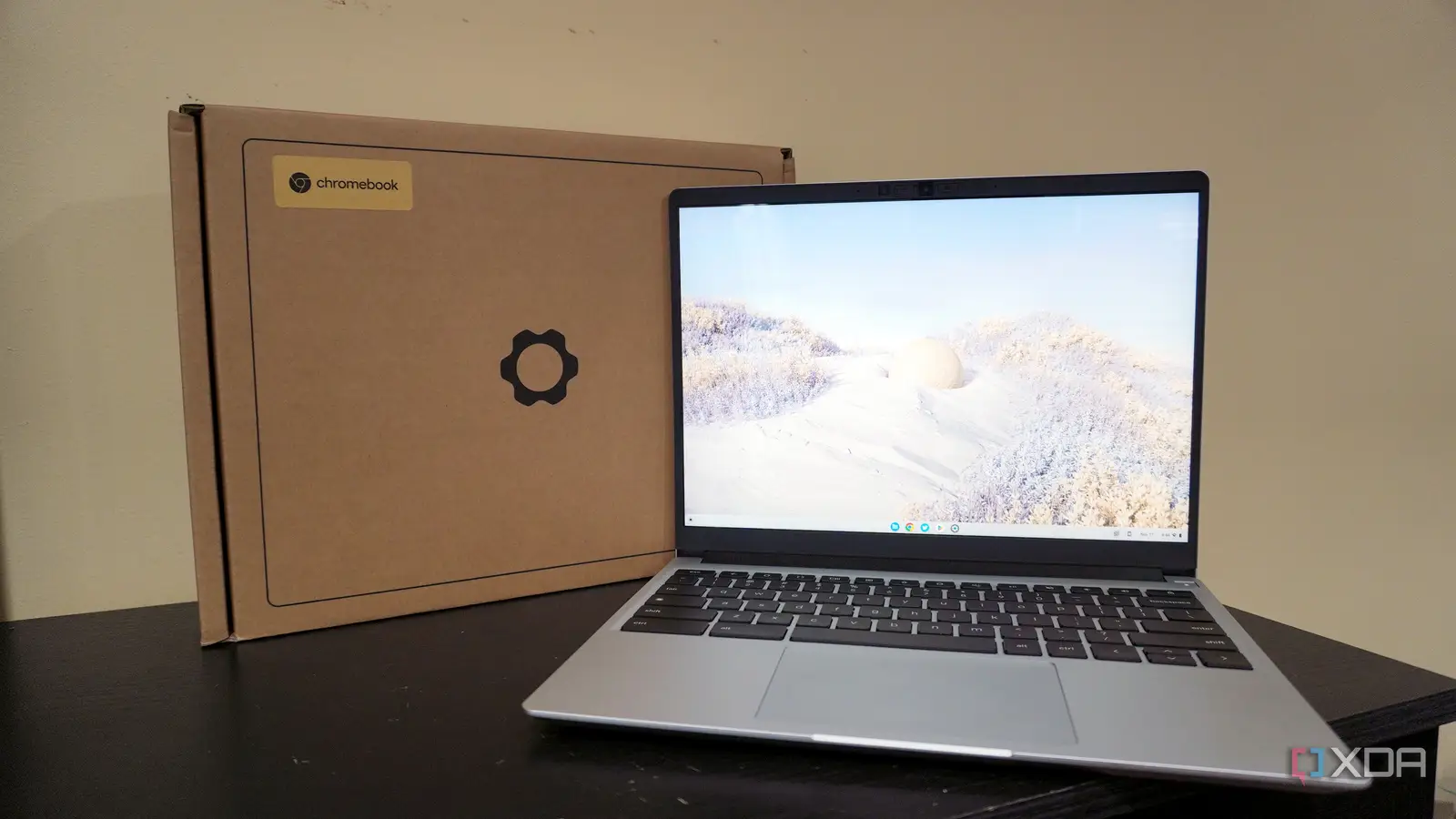Copyright XDA Developers

Between repairability, upgradability, and sustainability, there's plenty of reason to believe that modular designs are the future of laptops. While these might still fit in the standard clamshell or 2-in-1 form factors, modular laptops are also more customizable and can last much longer than the standard single-build designs that are still popular today. Framework and Nvidia announced a modular laptop with an upgradeable GPU back in August, and that's just one more reason to believe modular designs are the future. Modular laptop designs are more popular than ever But what makes a laptop modular? Modular laptops are designed so that each component of a traditional laptop can be customized, repaired, or upgraded easily by separating these components into modules that can be easily swapped out on the fly. Framework's laptop designs are almost fully modular, with the IO ports, display, storage, memory, battery, CPU, and mainboard being swappable on the most recent models. With the Nvidia collaboration, the Framework Laptop 16 will also get a modular GPU, leaving just the power supply circuit as the only major non-modular piece of a Framework laptop, though that could end up being an add-on to the mainboard in future iterations. Modular designs are underpinned by the principles of upgradability, user-repairability, and sustainability. Not only can you upgrade your storage and memory, but modular laptops also let you swap out your display, IO ports, CPU, and GPU. For that reason, modular designs like the Framework Laptop 16 are among the best upgradeable laptops, but they're more than just upgradeable. Benefits of modular designs Just what makes them so interesting Modular laptops are easy to upgrade, as each module can be swapped out for a newer or more powerful version. And by virtue of letting you upgrade parts at your own convenience to better suit your needs, modular laptops are also easy to repair, as you can swap out old, overused parts or cables. Modular laptops can extend a laptop's lifecycle in ways not possible with traditional integrated designs, making them more sustainable and better for the environment because you need to buy a new laptop less frequently (or never, if you keep upgrading your modular chassis). Since you can swap out parts as needed to upgrade or repair your laptop, a modular design is also far more customizable than the single-build designs that dominate the laptop market today. While some will let you upgrade memory or storage, or replace your own battery, few laptops will let you swap out your IO ports, display, CPU, or GPU. Framework is currently the only company making almost fully modular laptops, and there's a reason they're so popular among enthusiasts. Drawbacks of modular laptops Why haven't they taken off yet? Despite how useful a modular laptop design could be, they haven't taken over the laptop market for a few key reasons. The primary reason is cost. It's far cheaper to make parts for a single-build laptop than to create parts that can be swapped out and upgraded over time in a modular laptop. The other issue is collaboration. Framework's modules work on Framework laptops, but if there were another modular laptop, it wouldn't be compatible with the Framework parts, as there is no universal laptop standard like the ATX, mini-ATX, and ITX motherboard standards for desktops. This does get in the way of true modularity and upgradeability, since you have to buy into a single ecosystem. While desktop standardization eventually happened, there are still a few exceptions to the basic desktop standards that are released every year, with some proprietary case designs that make upgrades and repairs more difficult than they should be. Laptops are much harder to standardize because of the variety of sizes, form factors, and the tight design constraints of a clamshell laptop chassis. That's not even including thermal balancing, power calculations, weight, and ergonomics, which can vary widely depending on whether you're thinking of a 16-inch ultrabook or a 16-inch gaming laptop. The Nvidia and Framework collaboration is a step in the right direction Nvidia's involvement could improve momentum in modular laptops Framework is a small computer company at the forefront of modular laptop design. Meanwhile, Nvidia has been at the forefront of the graphics, data center, and artificial intelligence markets for years now. And the company has a reputation for being forward-thinking. So, it's no real surprise to see Nvidia investing in a modular laptop design alongside Framework. But there have been other modular designs springing up from other manufacturers as the right-to-repair gains traction. In fact, prior to this Framework and Nvidia's foray into modularity, Intel debuted a modular design concept for laptops and mini-PCs. Various brands of laptops, especially those geared towards business users, also offer some degree of user repairability. Modular laptops would benefit everyone. Whether you want to upgrade your laptop's GPU to a next-generation graphics card, try out new CPUs, or personalize your IO ports, there's plenty of reason to look forward to the modular computing future. And if the Framework Laptop 16 with Nvidia takes off, that future might be here sooner than originally predicted. As chipmakers like Nvidia and Intel invest further in modular laptop designs, we're likely to see more momentum in the modular laptop design space. If we can get companies like Nvidia, Intel, and AMD to set a modular laptop design standard for at least a couple of major laptop types, that could go a long way toward fostering greater adoption among laptop manufacturers.



